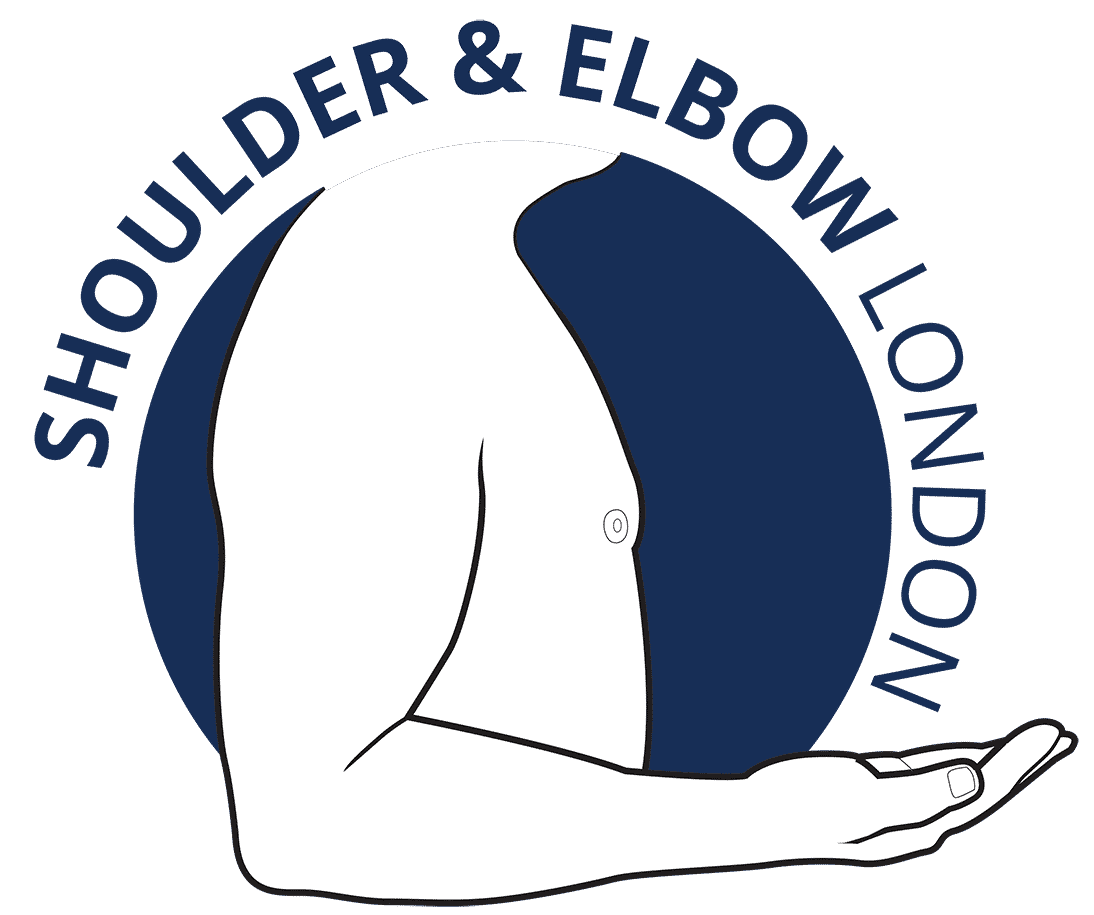
CUBITAL TUNNEL SYNDROME
What is cubital tunnel syndrome?
Cubital tunnel syndrome is a condition that results from compression of the ulnar nerve at the back at the elbow which results in numbness in the little and ring fingers of the hand and weakness in the hand. Compression of the nerve can be exacerbated by sleeping with the elbows bent or keeping the elbows in a bent position for prolonged periods during activities such as reading a book or driving.
In this video, we explain what cubital tunnel syndrome is:
What are the symptoms of cubital tunnel syndrome?
Cubital tunnel syndrome is often progressive. Patients often present with mild intermittent symptoms of pins and needles in the little and ring finger and shooting pain from the elbow down toward the finger tips. As the condition progresses nerve fibres are damaged and symptoms can become constant. The small muscles in the hand which are supplied by the ulnar nerve can lose their nerve supply, become wasted, and lead to weakness of grip. If left untreated imbalance of the hand muscles can lead to deformity in the fingers and an ulnar claw hand. Eventually the condition can become irreversible.
How is cubital tunnel syndrome diagnosed and treated?
Patients with cubital tunnel syndrome need to be assessed clinically with a thorough history and examination. Often baseline NCS (nerve conduction studies) and EMG (electromyography) are required prior to treatment. If non operative management such as avoiding bending the elbows for long periods and avoiding sleeping with the elbows bent doesn’t work, surgery to release the nerve may be necessary. This operation is called a cubital tunnel release.
In this video we discuss more about how cubital tunnel syndrome is diagnosed and treated:
What is the usual recovery time from a cubital tunnel release operation?
A cubital tunnel release is a day-case operation on the elbow that we often perform with the patient awake under regional anaesthesia. (read more about awake shoulder and elbow surgery here) The procedure usually takes under half an hour to perform. After surgery you will be in a bulky bandage over your dressing that’s covering the scar. You will go home in a temporary sling which is kept on until the regional anaesthesia block wears off and the arm comes back to life. We keep the bandages on for 5 days but encourage using the elbow, wrist and hand as soon as possible and as much as the bandage allows.
After 5 days you can remove the bandages at home and start formal physiotherapy to get the arm moving. There are no restrictions to rehabilitation. After 2 weeks we see you in clinic to remove the sutures and usually see you again at 3 months for final follow-up. Return to activity is as soon as pain allows but we warn patients not to drive with bandages or wound dressings.
In cases where the symptoms are intermittent we expect the shooting pain and pins and needles to settle soon after surgery. If the nerve has been compressed for a long time and symptoms were constant before the operation they may be much slower to recover. Muscle wasting doesn’t recover but surgery prevents further muscle wasting so prevents weakness from getting worse. This is why we encourage early surgery for this condition.
In the first week after surgery it is important to keep the hand elevated to prevent swelling of the fingers. In this video we demonstrate how to elevate your hand after surgery.
Further information on surgery (ulnar nerve decompression) for cubital tunnel syndrome can be found here at aboutmyhealth.org.
Nick Ferran @ Shoulder & Elbow London Ltd
Clinics in:
Chiswick – Harrow – St. Johns Wood
As an Amazon Associate, I earn from qualifying purchases.




